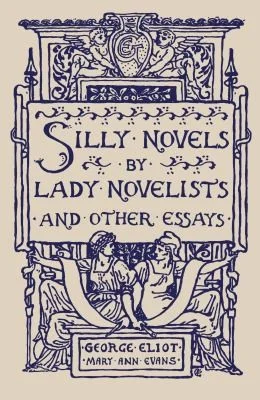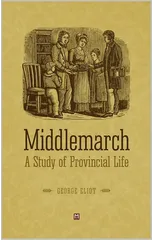Middlemarch: A Study of Provincial Life by George Eliot examines a fictitious Midlands town in the nineteenth century that is going through modern developments. New scientific approaches to medicine cause public debate; the projected Reform Bill promises political transformation; the construction of railroads transforms both the physical and cultural landscape; and scandal lurks behind respectability. The novel's intricately drawn main characters-the idealistic Dorothea Brooke, the ambitious Dr. Lydgate, the wasteful Fred Vincy, and the loyal Mary Garth-play out the quiet drama of ordinary lives and poor decisions. Will Ladislaw, the lively nephew of Dorothea Casaubon's husband, the Rev. Edward Casaubon, and the evil John Raffles, who poses a threat to reveal one of the town's elite's hidden past, cause more disruption to the equilibrium of the community.
George Eliot
George Eliot was the pen name of Mary Ann Evans, a prominent Victorian-era novelist known for her insightful and complex characterizations. Her most notable works include "Middlemarch," considered one of the greatest novels in the English language, and "Silas Marner," a poignant tale of redemption and community. Eliot's literary style is characterized by its psychological depth, moral complexity, and social commentary. She was a pioneer in the realist tradition, exploring themes of morality, religion, and human relationships in her writing. Eliot's contributions to literature include challenging traditional gender roles and societal norms, as well as expanding the scope and depth of the novel as an art form. Her work continues to be celebrated for its profound insights into the human condition and its enduring relevance in contemporary society.






